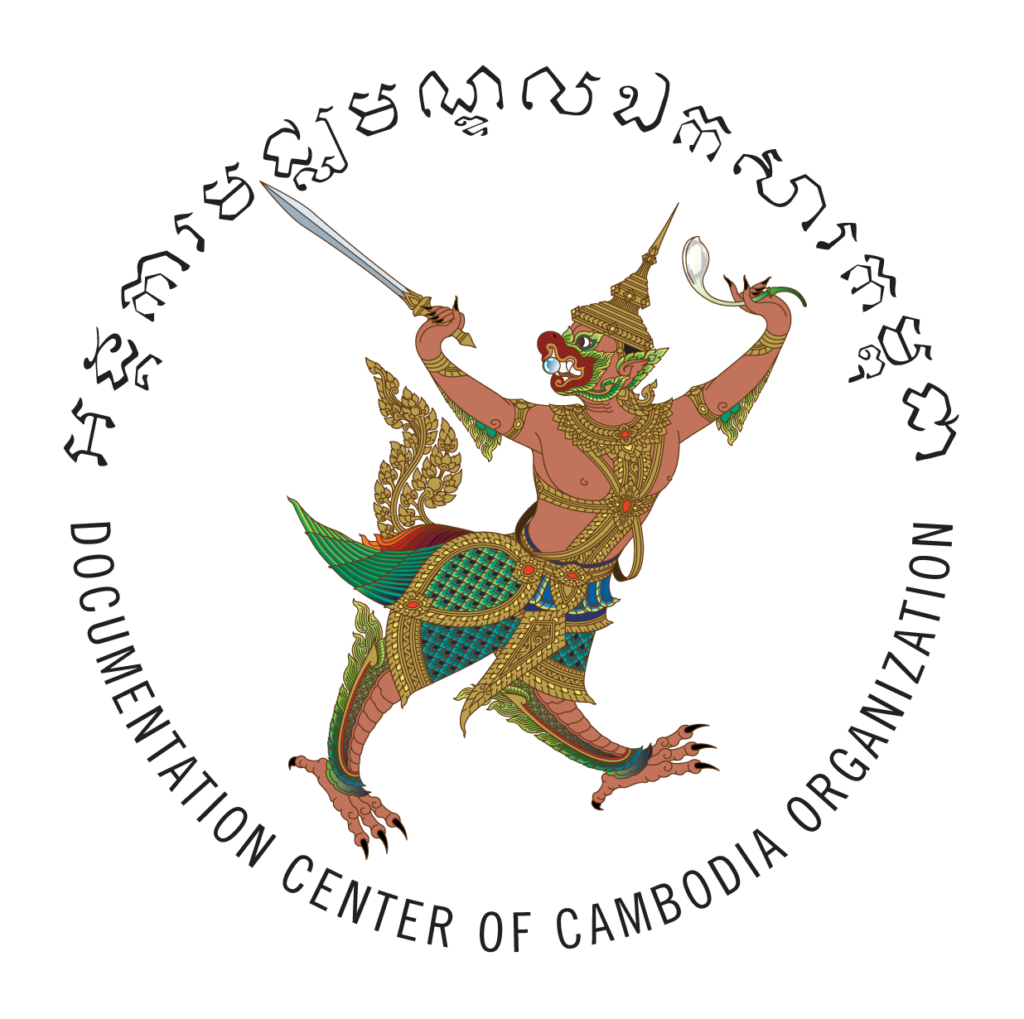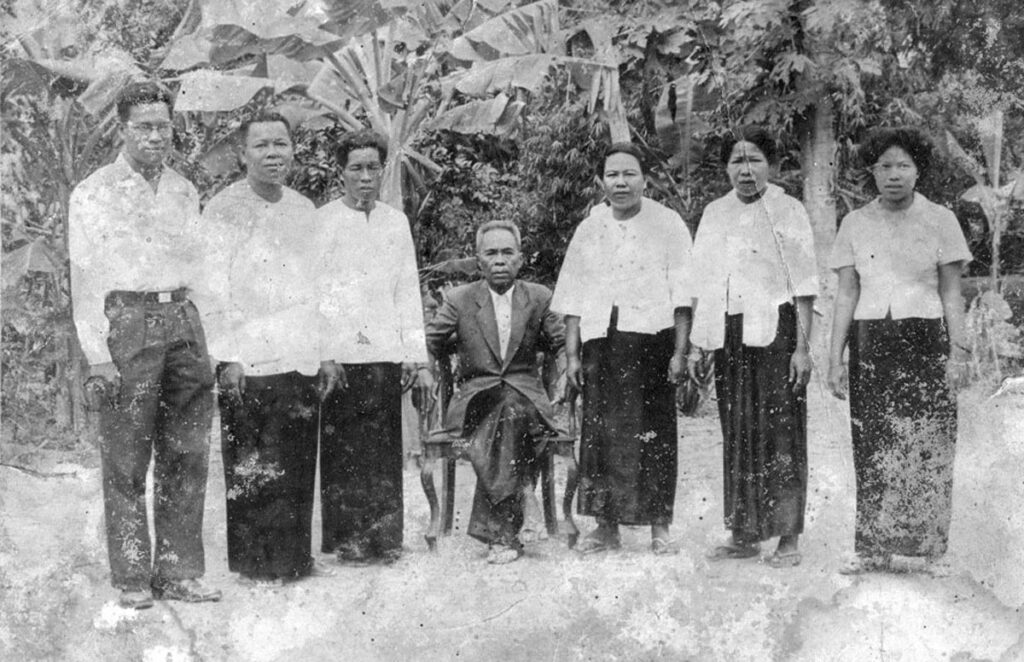I grew up in a middle class family; we had a car. My father Lao Chheng Sorn worked in a laboratory at a private hospital in Phnom Penh and earned six or seven thousand riels a month. His salary was high enough so that his father, nephew and niece could come to live with us.
When I was growing up, I could choose any university I wished to attend because not many people passed their high school examination. So, after I graduated from high school in 1971, I decided to study medical science. A diploma from the school I chose was recognized by the French education system.
My family’s hometown in Sa-ang District of Kandal Province was one of the first parts of the country to be liberated by the Khmer Rouge. After Sa-ang came under their control, the Khmer Rouge cut off connections between this district and the parts of Cambodia that were controlled by the Lon Nol regime. Some of my brothers and sisters lived there, but we seldom saw them, especially after the bombings started.
When the Khmer Rouge liberated Phnom Penh, I was still in university. On April 15, 1975, I drove to Kandal Province to visit my uncle. Because my uncle was in the military police, Lon Nol soldiers who knew him opened the roadblocks so we could return to Phnom Penh. When we arrived in the city, we did not go home, but went instead to our cousin’s house. I didn’t have any belongings with me, only the clothes on my back.
We went to Sa-Ang District during the evacuation. It wasn’t very far from Phnom Penh, so we were able to drive. When we arrived, we left our car under a mango tree. It’s still there today, but doesn’t look much like a car anymore. The Khmer Rouge took the tires and made them into sandals and they took the engine, too.
Luckily, my siblings who lived in the district gave us some clothes and belongings to use. Our family stayed in a small hut that was located far from other people. At first the Angkar did not allow the base people to talk to us or even live nearby, even though some of my siblings were base people. Later, they were less strict and allowed us to chit chat.
Eight months later, we were evacuated to Battambang Province. The Khmer Rouge said that they had huge harvests there every year, but the harvest season was the only time we ever got rice to eat. Otherwise, it was just rice soup.
Most of the people in Battambang at that time were natives, and many of them used to own huge plots of land. But during the Khmer Rouge regime, they were forced to leave their big houses and live in huts instead. Over time, more and more of them, as well as the new people who were relocated there, began to starve to death.
The Angkar was less strict in Battambang than Sa-ang. People in Battambang didn’t always wear black; sometimes we could wear colored clothing.
My parents worked in a unit for elderly people. My father made mills and mortars, and my mother worked in the rice mill sector. My older brother Suthara worked in a youth mobile brigade, but he disappeared after the Angkar asked him to work in the forests. He and an ex-Lon Nol soldier hid some food there, which they planned to use when they escaped to Thailand. The Angkar must have found out about it.
In 1979, when the Vietnamese soldiers began moving into Cambodia, the Khmer Rouge soldiers who controlled our village began escaping. A week later, our family left and eventually returned to Phnom Penh. In the end, I was lucky. After 1979, I began studying again and today I am a surgeon.

